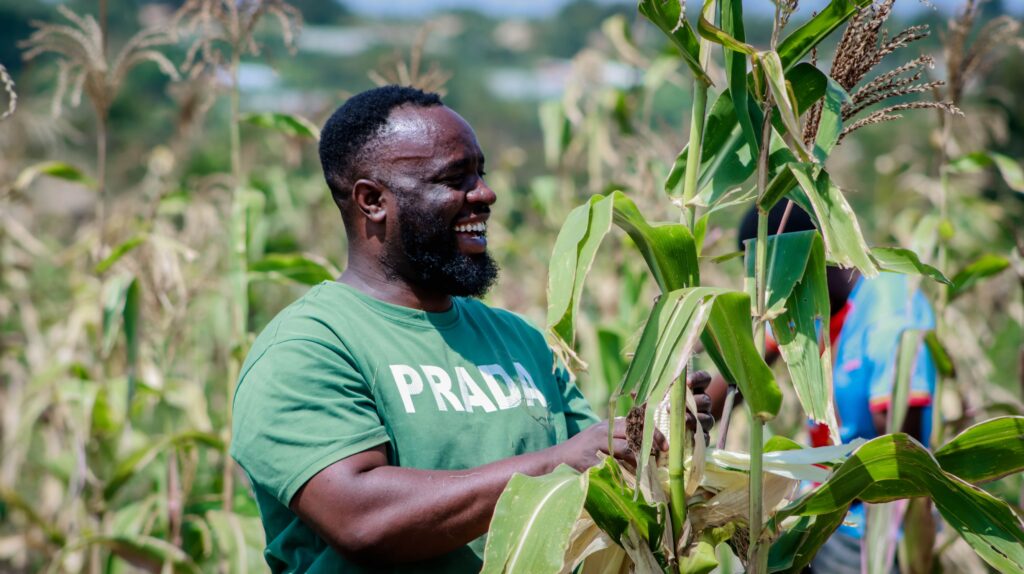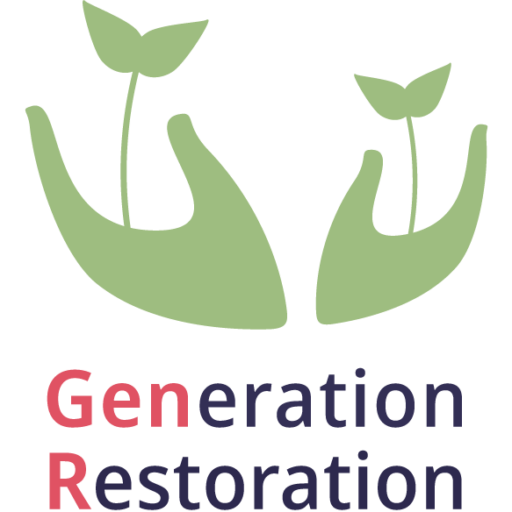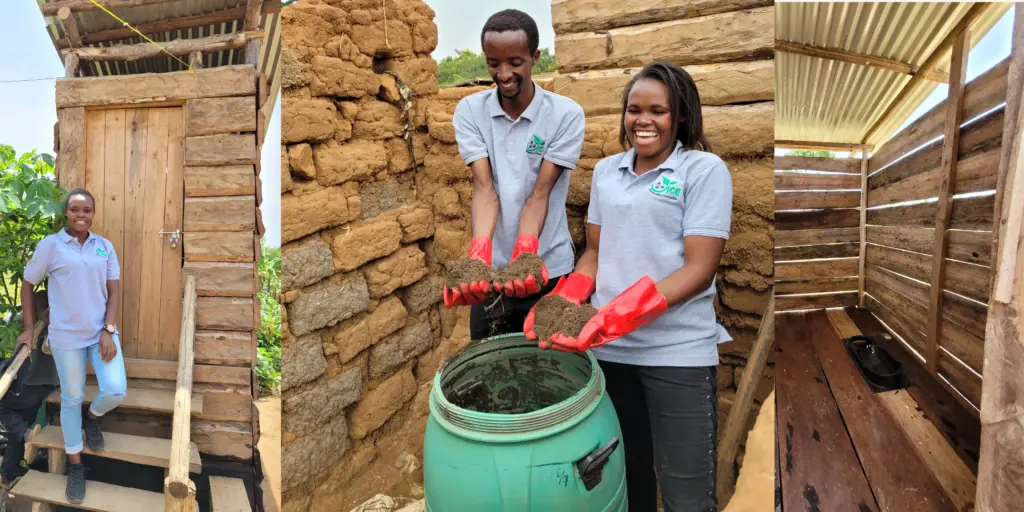
Composting Toilets for Refugee Resilience: Regenerative Sanitation in Nakivale Camp
Join us in creating dignity and better soil: help us build the next 20 composting toilets!
Sanitation Crisis in Nakivale Refugee Camp – A Global Challenge with Local Impact
Nakivale Refugee Camp in Uganda is facing an escalating humanitarian crisis. More than 100,000 people continue to flee violence in eastern Congo—arriving to a camp where infrastructure is already stretched beyond its limits. Inadequate sanitation puts thousands at daily risk of waterborne diseases, environmental pollution, and the long-term deterioration of living conditions.
This situation reflects a global crisis: unsafe sanitation causes the deaths of 800 children every day—mostly from preventable diarrheal diseases. By 2030, nearly 3 billion people may live without access to proper toilets. In camps like Nakivale, these numbers are not just statistics—they are daily realities.
But solutions exist: regenerative, affordable, and immediately effective.
Composting Toilets for Refugee Resilience: Regenerative Sanitation in Nakivale Camp, Uganda Ⓒ A film by PEACE, provided by Unidos Projects
Compost Toilets as Regenerative Infrastructure
Together with our refugee-led partner organization UNIDOS, Generation Restoration e.V. is implementing a regenerative sanitation model built around compost toilets and circular waste management.
Why Compost Toilets in Refugee Camps?
✅ Require no water or sewage systems
✅ Low-maintenance and adaptable to rural settings
✅ Transform human waste into valuable compost
✅ Support soil restoration and food security
✅ Reduce dependency on synthetic fertilizers
✅ Empower local communities through training and ownership
This approach supports both urgent hygiene needs and long-term regeneration.
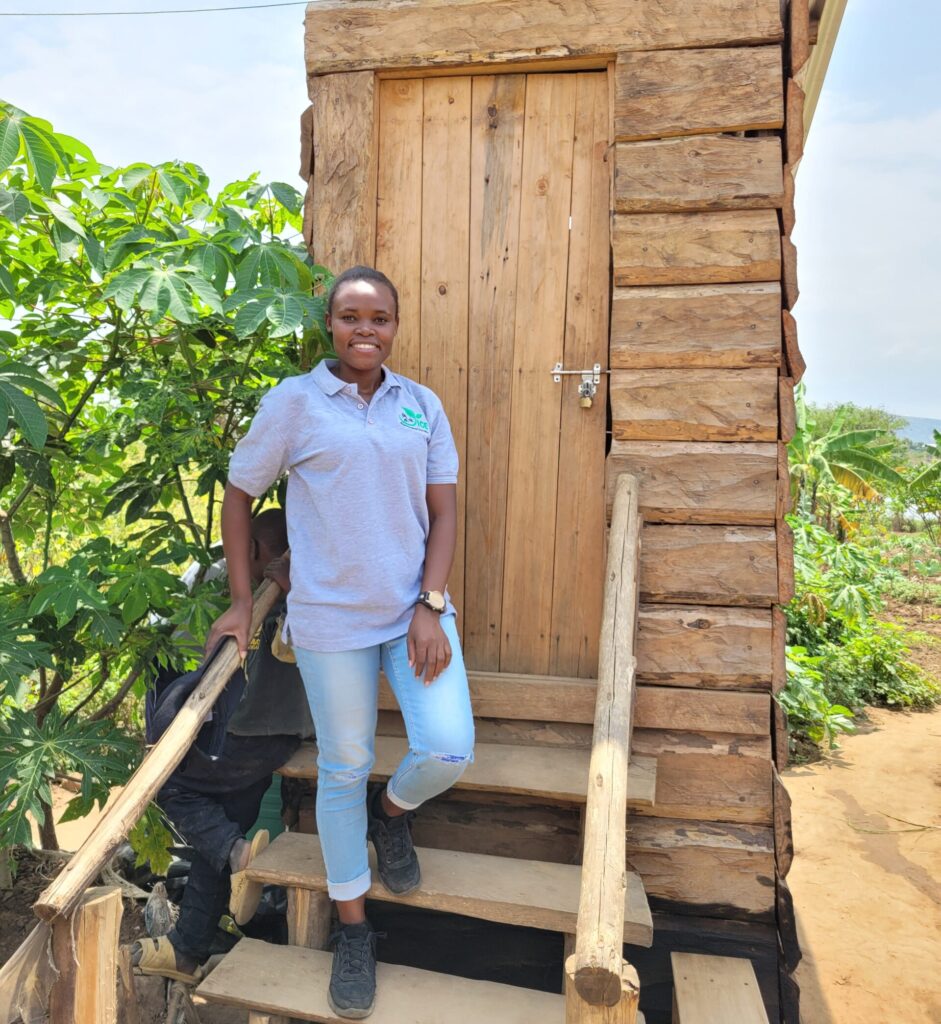
Two Compost Toilet Models as a Solution
We’re installing 30 eco-logical compost toilets using two low-tech but effective models – Arboloo and Ecosan – both designed to function without water or sewage infrastructure.
Arboloo Toilets: Turning Waste into Trees
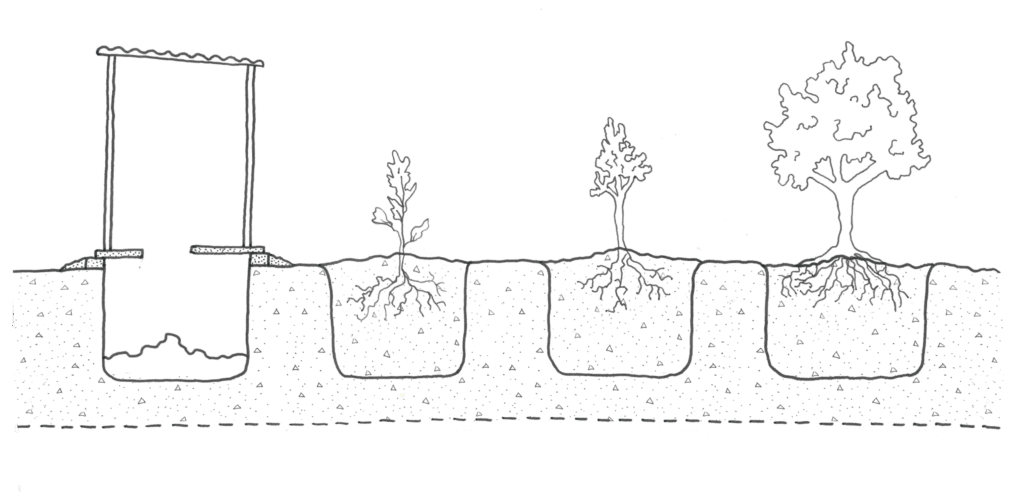
The Arboloo is a simple pit-based toilet made for mobility and regeneration. Here’s how it works:
1. A Shallow pit is dug and covered with a mobile slab and shelter.
2. Dry cover material (ash, leaves, or soil) is added after each use to aid composting and prevent odors.
3. Once full, the structure is moved to a new location.
4. A tree is planted in the filled pit, using the composted waste as rich soil.
5. Promotes soil fertility, afforestation, and visible transformation in the camp.
Ecosan Toilets: Safe, Scalable, Circular
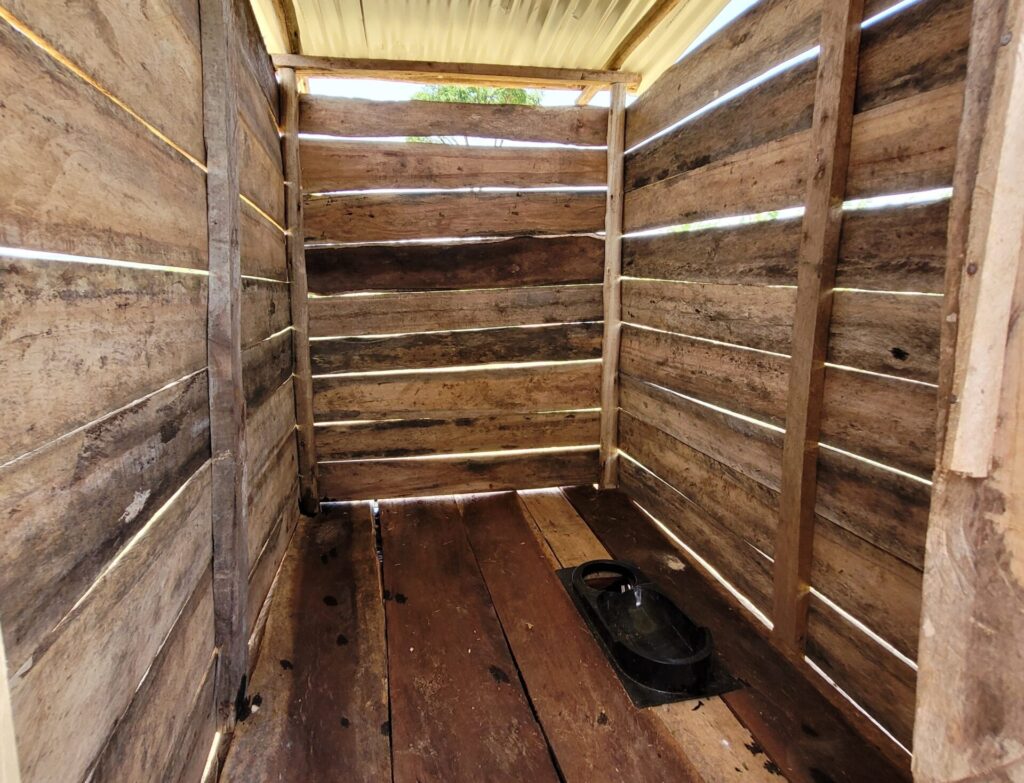
Ecosan, short for ecological sanitation, is a container-based system designed for reuse and mobility:
1. Waste is collected in sealed containers below a toilet seat.
2. After each use, dry matter (ash or sawdust) is added to control smell and begin the composting process.
3. Once full, containers are transported to a central composting site.
4. Waste is hygienized and composted safely, turning into nutrient-rich soil.
5. Compost is reused for agriculture, tree planting, or landscaping in and around the camp.
Funding Appeal: Build 30 Compost Toilets in Nakivale
Funding Goal: € 14,000
This covers:
Construction of 30 compost toilets
Local labor, materials, and maintenance
Training in composting and hygiene practices
Safe waste reuse and monitoring
Why Support Regenerative Sanitation?
This isn’t just about toilets. It’s about transforming crisis into opportunity – where waste becomes a resource, where refugee-led action leads to environmental healing, and where resilience starts from the ground up.
Regeneration needs people like you!
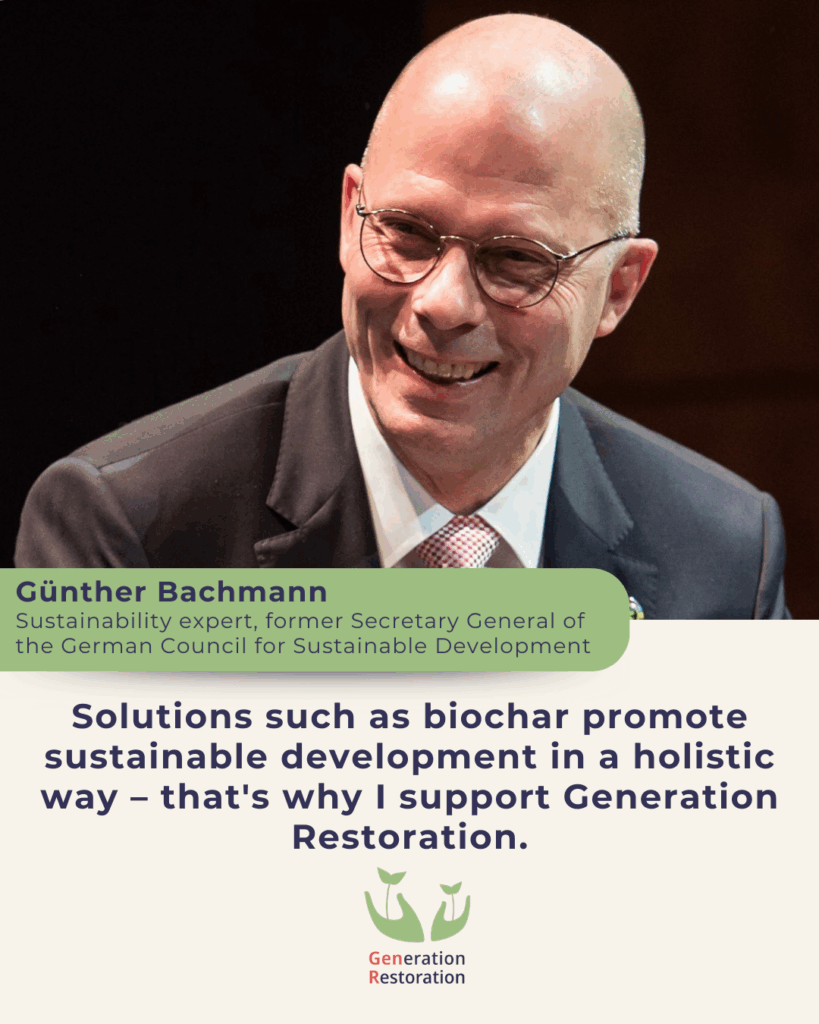
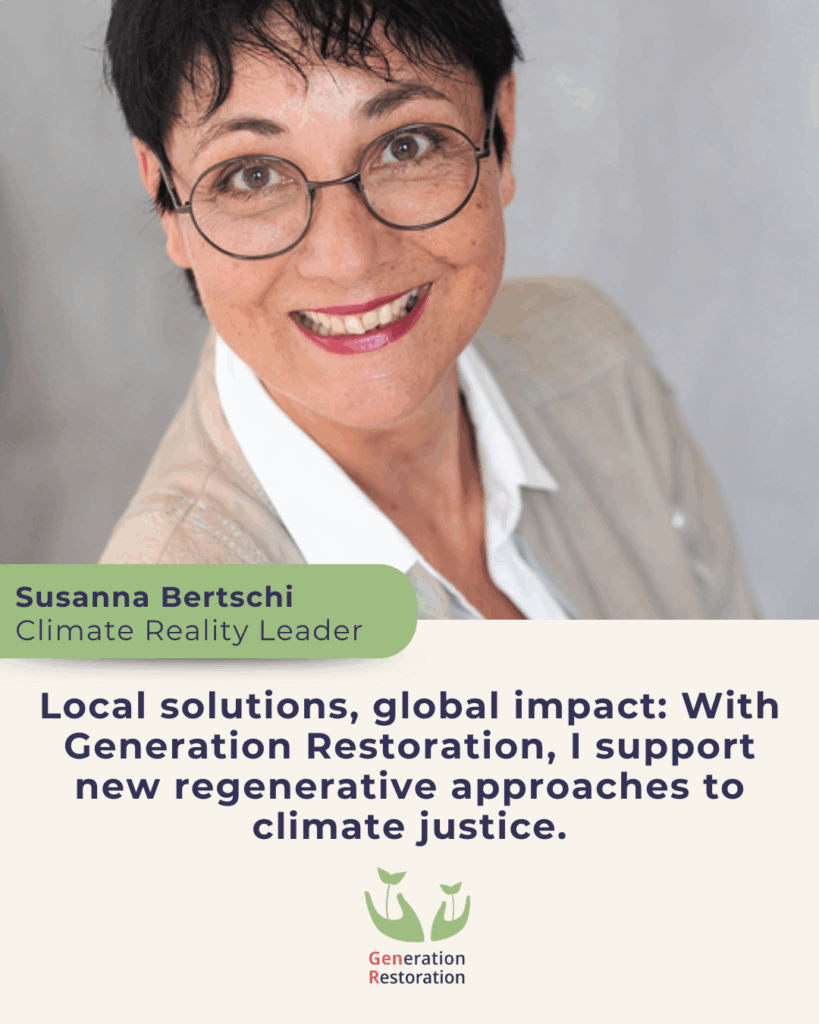
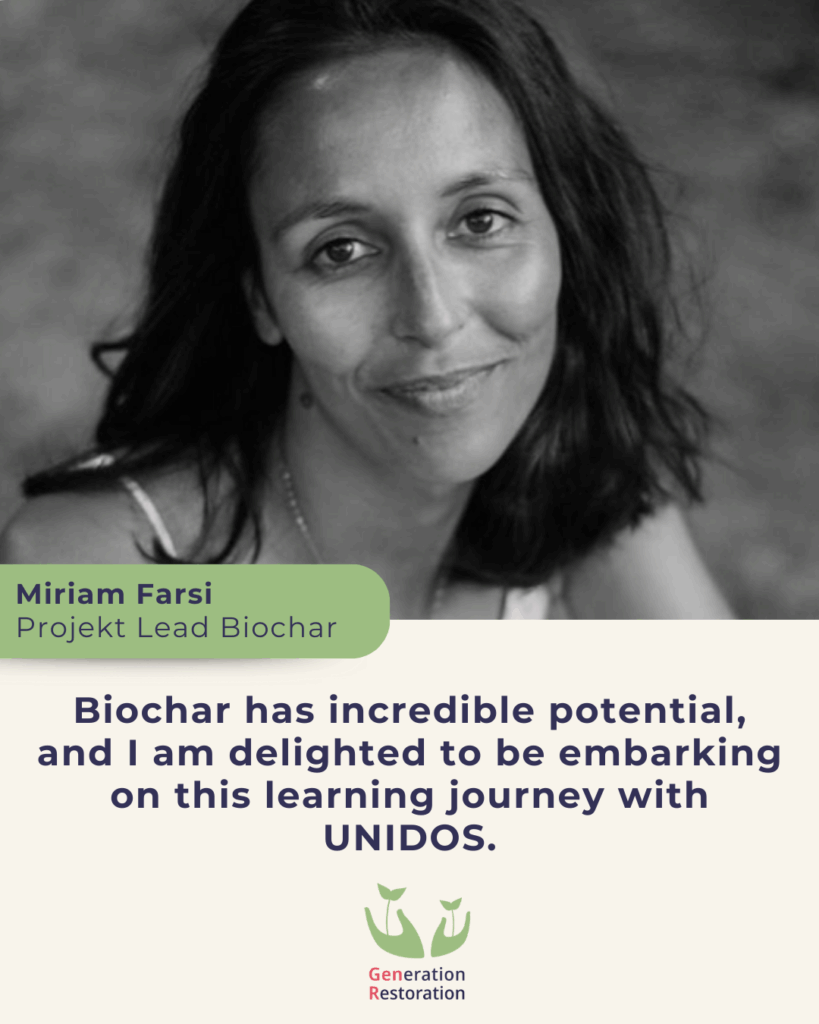
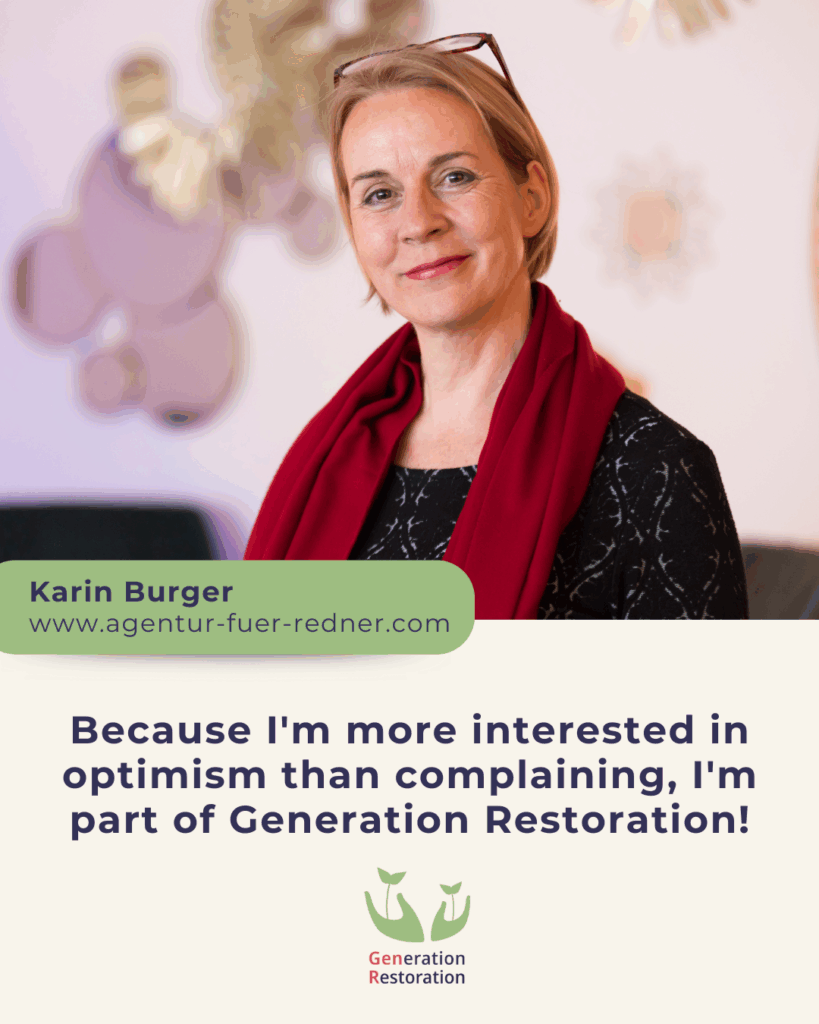



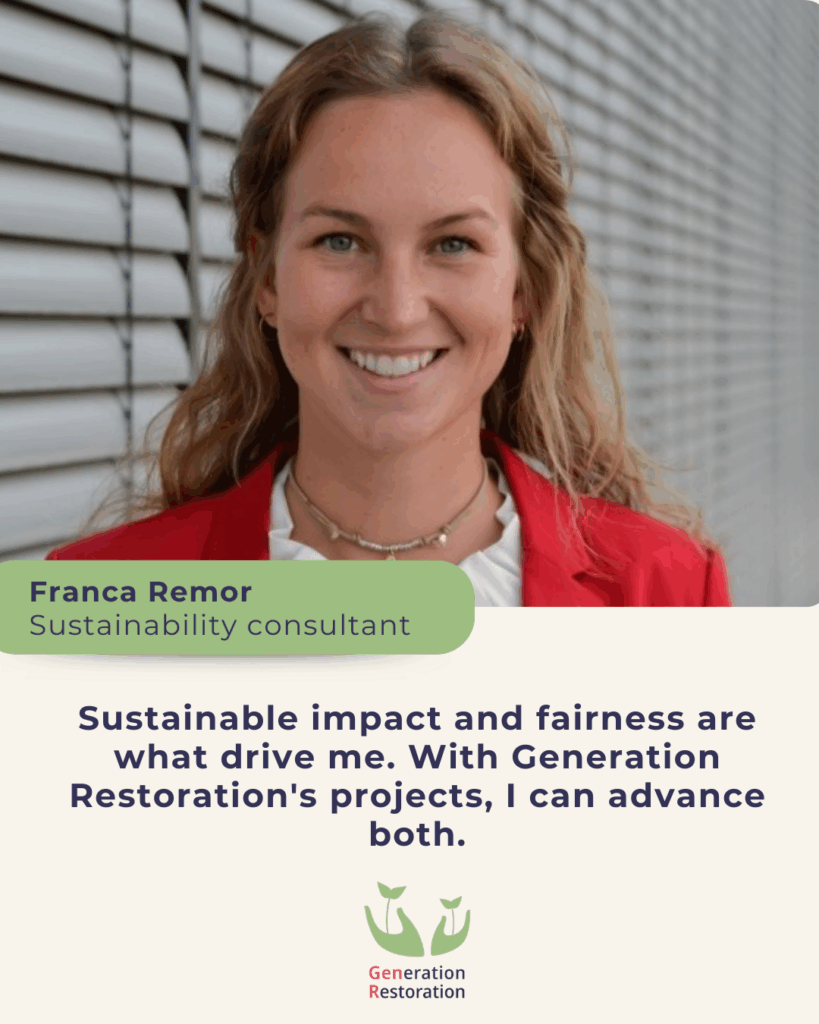
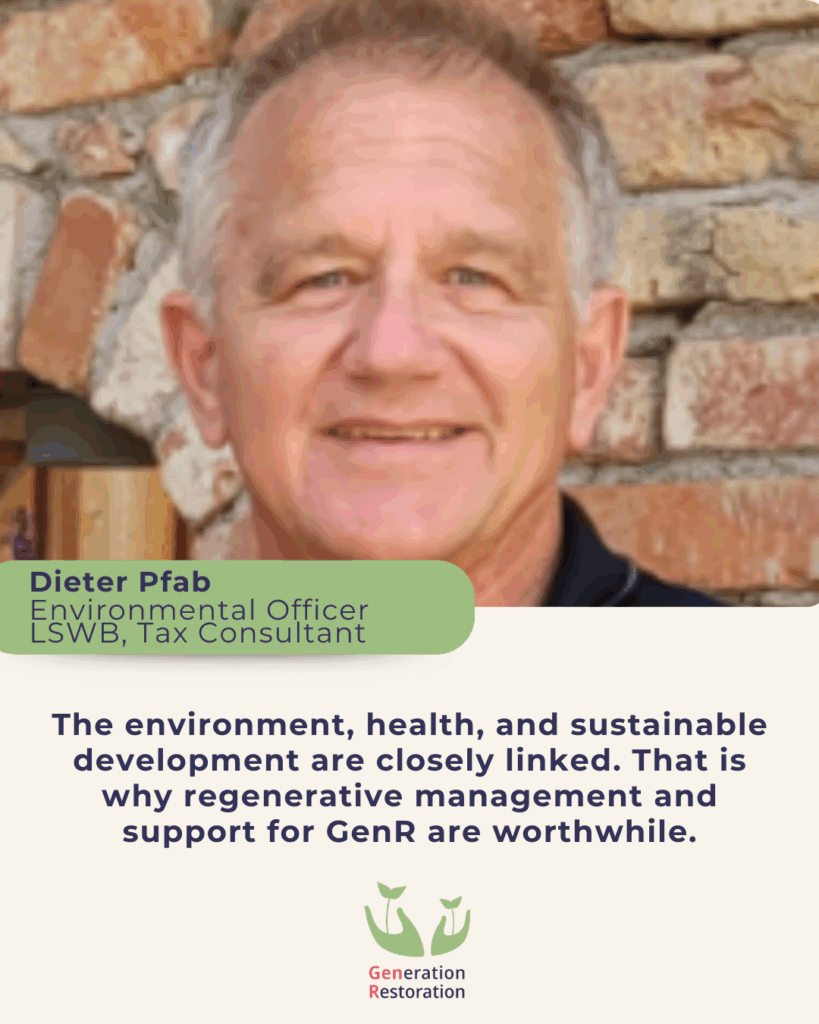
Thank you for the first 10 toilets!
Help us implement another 20!
